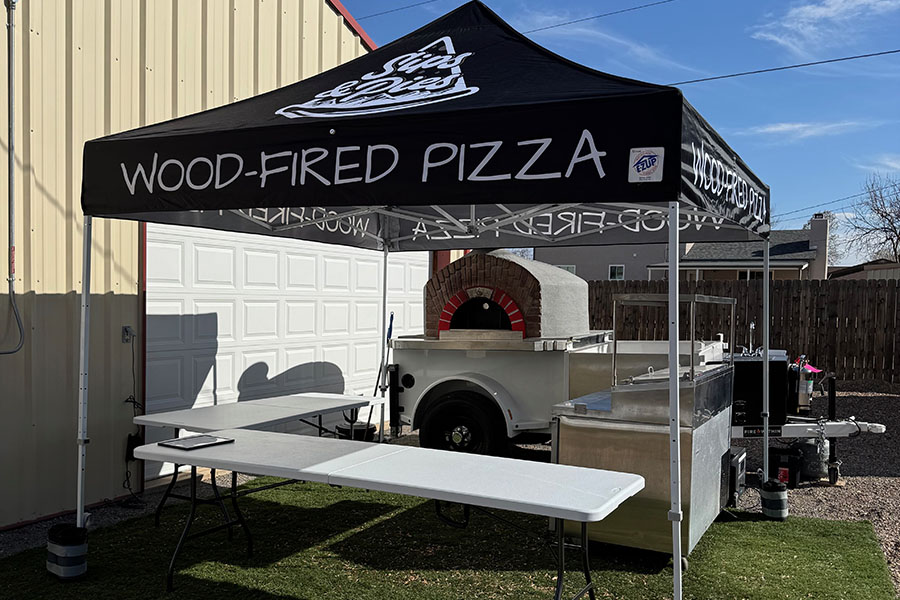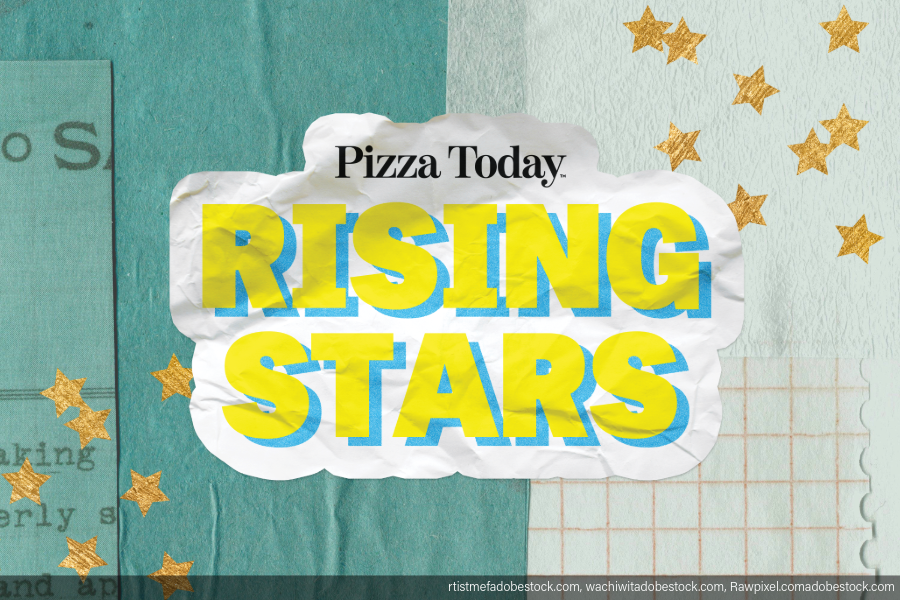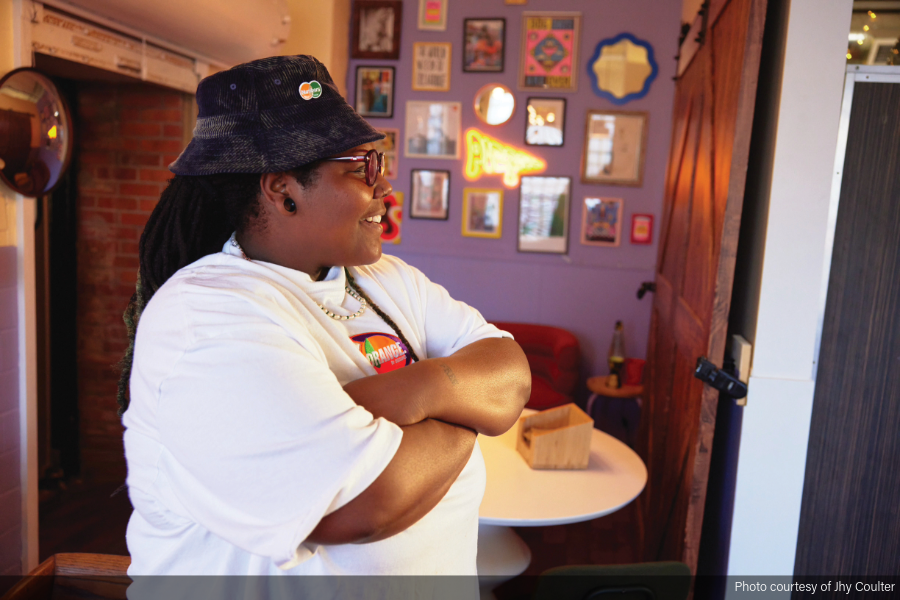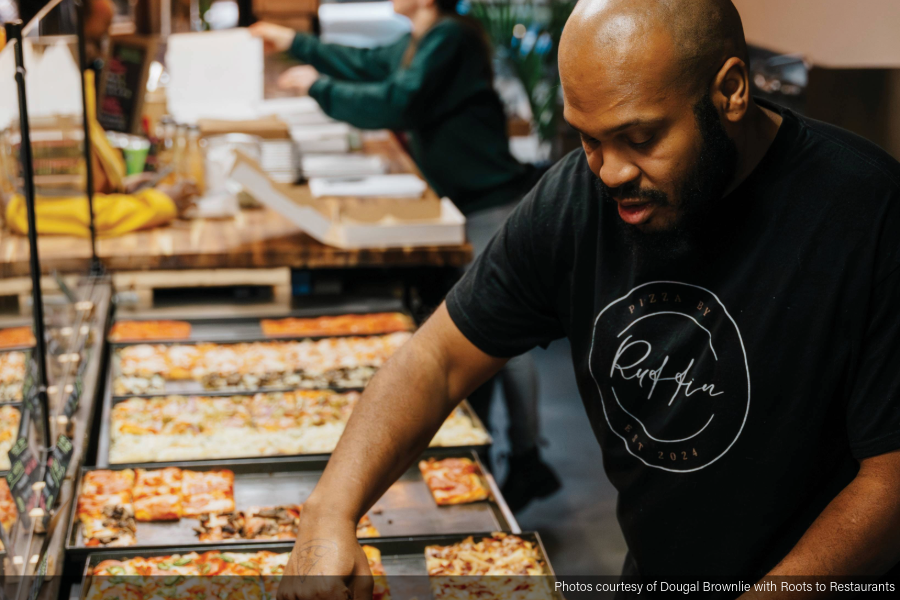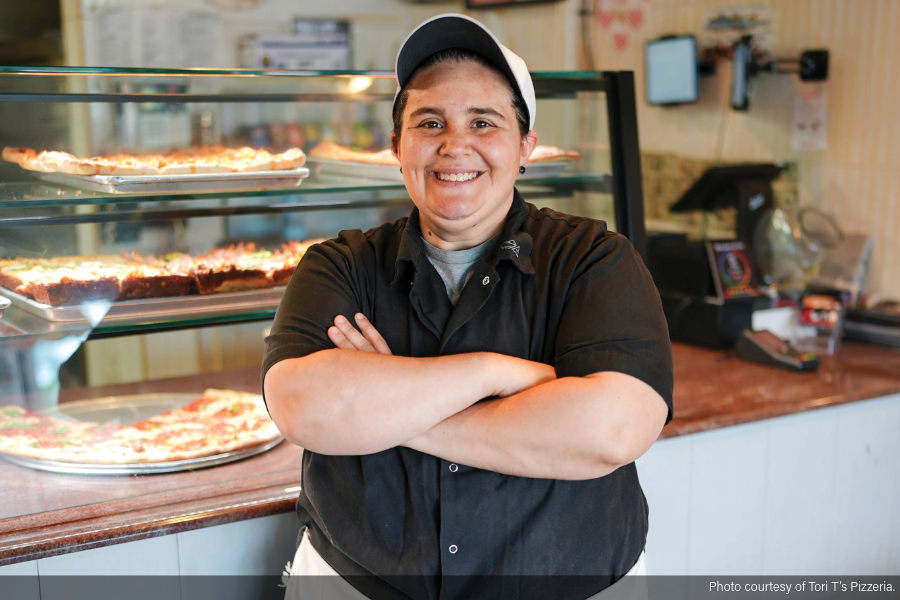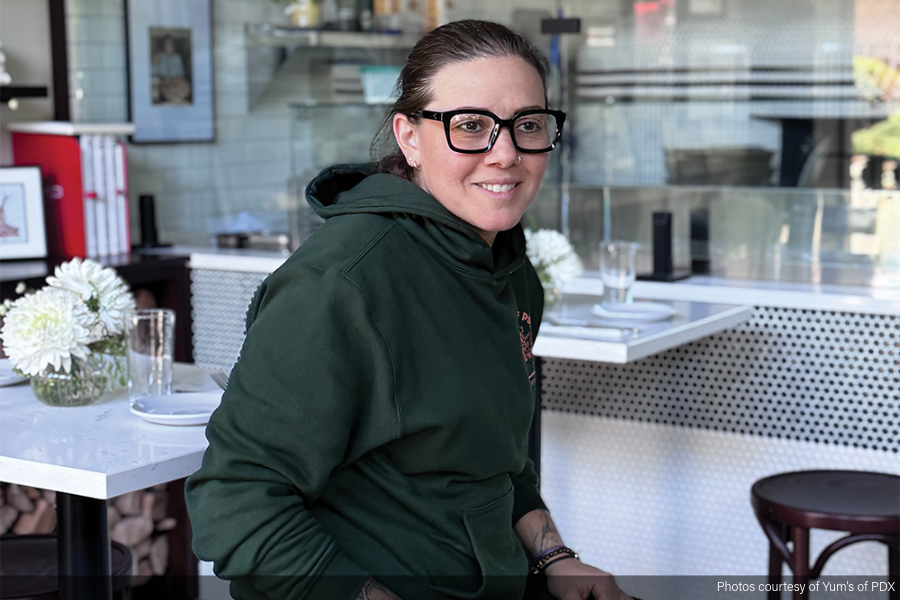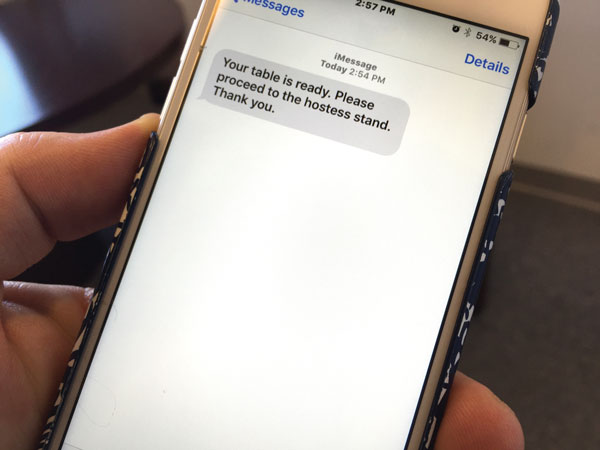
Waiting is never fun. It is especially difficult when it’s dinnertime, hunger has set in and the smell of deliciousness is in the air. When the 10-minute wait that the hostess promised has turned into 15 minutes, customers will start to get antsy and annoyed, especially if they have to wait in an overcrowded entryway. Quickly the idea of “Let’s go out for pizza,” morphs into “let’s get out of here.”
Even if their name is called, they can’t hear it over the noise and they can barely see the hostess from behind the wall of people.
Operators know that customers should not be stressed even more when waiting, and they definitely don’t want to be punished for being busy. So, with a little help from technology, operators are changing the waiting game.
Pagers, buzzing devices, texts or automated calls to customers’ cellphones are technology options that reassure customers their name will not be overlooked, and awards them the freedom to step outside (away from the screaming toddler) or perhaps run an errand nearby while they wait for their table to be ready.
But which system is better? What should operators consider before making a decision between pagers and texts/automated calls?
Mike Ganino, a restaurant speaker, trainer and consultant in Los Angeles, says moving to a text/call-based system makes sense as consumers continue to spend more and more time on their mobiles. He added that with texts there are no more missing pagers and no longer a need for expensive real estate dedicated to a waiting area that does not equate to revenue.
Ware Sykes, CEO of Nowait, agrees that texts are the better option for customer alerts. “The pros of using texts to alert customers that their table is ready is that expensive hardware is obsolete, guests can wait where they want, they’re already comfortable using the notification method, and it provides two-way communication — guests can reply if they’ll be delayed,” Sykes says. “Consumers already have a ‘pager’ –– their cell phones –– and they are engrossed in using them 24/7. They want to be contacted in a medium that resonates with them and their on-the-go lifestyle.”
Michelle Strong, chief marketing officer of LRS, argues that the restaurant pager still has a place in today’s restaurants.
“Uses for the modern-day restaurant pager are on the rise. It’s not just for casual restaurants with a wait list anymore,” Strong says. “Today’s casual, fast-casual and quick-serve restaurants see the value in the restaurant pager for its simplicity in form, function and price.
“With a push of a button, you’re able to notify a guest. No need to ask the customer for their name, personal contact information or enter extra data. No set-up or programming required, no networking needed. Little or no training is required — just push the pager number associated with the person you’re trying to reach. With high rates of hospitality turnover, staff need tools that are quick to learn and easy to use.”
Geoffrey Simpson, creator of DinerConnection.com, claims that texts are the more economical choice and offer valuable information to operators.
“The buzzer setup requires a large initial investment, and then ongoing costs to replace lost, stolen or broken pagers, which on average are about $75 each, and an average-sized restaurant usually has to replace about three a month,” Simpson says. “You can learn a lot about your restaurant when you look at the data that you gather with a wait-list application. You can see when the highest number of four-tops come into your restaurant in order to optimize your table layout. You can also glean information such as average wait times, and monitor those wait-times in real time to properly plan food production.”
Strong says the quiet and discreet manner in which pagers notify customers is a definite plus to a paging system. “And with today’s electronic wait lists, paging systems with an open API can be easily integrated with any wait list, POS or kitchen display software as a means for assigning pagers and notifying customers from within the application,” she adds. “Paging tools may be easily integrated with other solutions.”
Armen Matosyan, chief innovation officer at TTAg Systems, says texts offer a more efficient and effective way to develop great customer relationship management. “Automated voice calls are robotic, while text messages are more personal. Depending on what type of relationships you want with your customers, texting notifications, if you get recipient’s consent, of course, will always be the best way,” he says.
Texts also offer operators the chance to add opt-in opportunities, promotions, coupons and surveys.
“Along with a table status message, restaurants can include a promotional message in the text,” Matosyan says. “After asking permission to write promotional text messages, bars and restaurants can send special customized promotions to its existing customers. Another significant factor which makes text messaging a great way to contact customers is that it can be tracked and analyzed. Analyzing customer preferences and other factors important to restaurant businesses — average waiting times, coupons used — will help significantly improve customer service.”
Strong credits paging systems’ reliability.
“Paging systems work in unique spaces where other forms of communication might be challenged due to structural obstacles, being underground, or other unique environments where other types of communications, like cell phones, are limited,” Strong says. “Pagers respond nearly instantaneously without any network delays.”
Because each system has its own attributes, choosing one is not easy. An operator not only has to weigh the finances and system reliability and function in their restaurant, but also the relationship they have and the relationship they want to build with their customers before selecting the right technology to serve their customers.
DeAnn Owens is a freelance journalist living in Dayton, Ohio. She specializes in features and human-interest stories.
